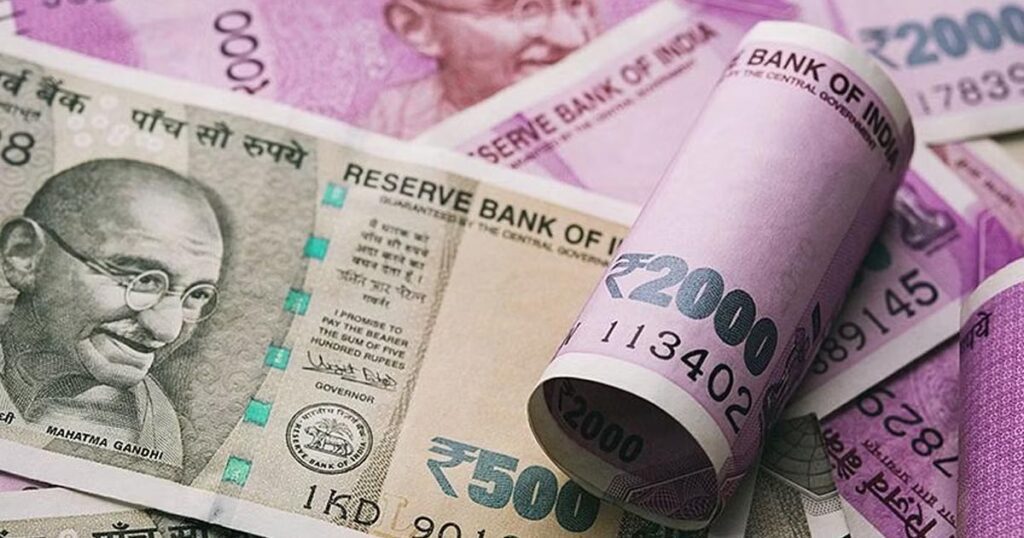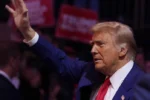The majority of us do not recognise the many fake Indian Currency that are currently available on the market, but RBI has provided the best method to spot them. Inform us Demonetization was implemented by the government with the goal of removing counterfeit notes from circulation.

Supreme Court issued its ruling in this regard. All 58 petitions opposing the Modi administration’s decision to implement demonetisation have been rejected by the court. The central government’s 2016 decision to demonetize Rs. 500 and Rs. 1,000 notes was upheld by the Supreme Court.
Demonetization was a policy choice, according to the court, and the government had taken appropriate action to lessen the inconvenience it caused for the populace. The decision was made to stop the funding of terrorism, corruption, and illicit financial transactions.
Read More : Gold Investment Options Compared: A Comprehensive Guide Best Investment
What did the court say?
According to the Supreme Court, the Center and the RBI spoke with each other before demonetisation. We maintain that the proportionality principle had no impact on the demonetization process. This means that the government did not make this choice hastily but rather after careful consideration.
Before implementing demonetization, the government probably considered its potential advantages and disadvantages and may have taken into account other options to address problems like corruption and counterfeiting. It’s also possible that other elements, such as political motivations or outside pressure, contributed to the decision-making process.
After listening to the government and the petitioners’ arguments for five days, a five-judge constitutional bench presided over by Justice Abdul Nazeer held off on rendering a decision until December 7. Let us inform you that on November 8, 2016, the nation’s currency was abruptly demonetized by the central government. The 1000 and 500 rupee Indian Currency notes were removed from circulation as a result. Following this decision, there were lengthy lines for exchanging notes across the entire nation.
The action was taken to combat corruption, illicit financial activity, and fake money. Many people, however, experienced inconvenience as a result of having to spend hours waiting in queue just to exchange their old currency.
These are the ways to identify fake Indian Currency
the reason the government implemented demonetisation. He wasn’t entirely successful in that. In the market, fake notes are still in circulation. It is crucial in this circumstance to acknowledge them as regular citizens. Guidelines for recognising the new 500 note have been released by the Reserve Bank.
The rules are intended to ensure that people who may be in possession of the new currency are treated fairly and with respect, and to prevent any discrimination against them. In order to prevent counterfeits, the Reserve Bank also exhorts the general public to become familiar with the security features of the new note.
Let me tell you that a few days ago there was a message claiming that the 500 rupee note was fake because Gandhiji’s picture was located next to the green strip instead of the RBI governor’s signature. Although PIB tweeted that it was fake, both kinds of notes are legitimate.
The Reserve Bank of India Governor’s signature can be found on the banknotes that feature Mahatma Gandhi’s image. On the note’s reverse is a photo of a red fort, which demonstrates the nation’s rich cultural heritage. Stone Grey serves as HTE Note’s foundational colour. The note also features additional geometric patterns and designs.
These patterns and designs give the notes visual complexity and interest, enhancing their visual appeal in addition to their usefulness. They are ideal for people who want to maintain organisation while displaying their individual style.






